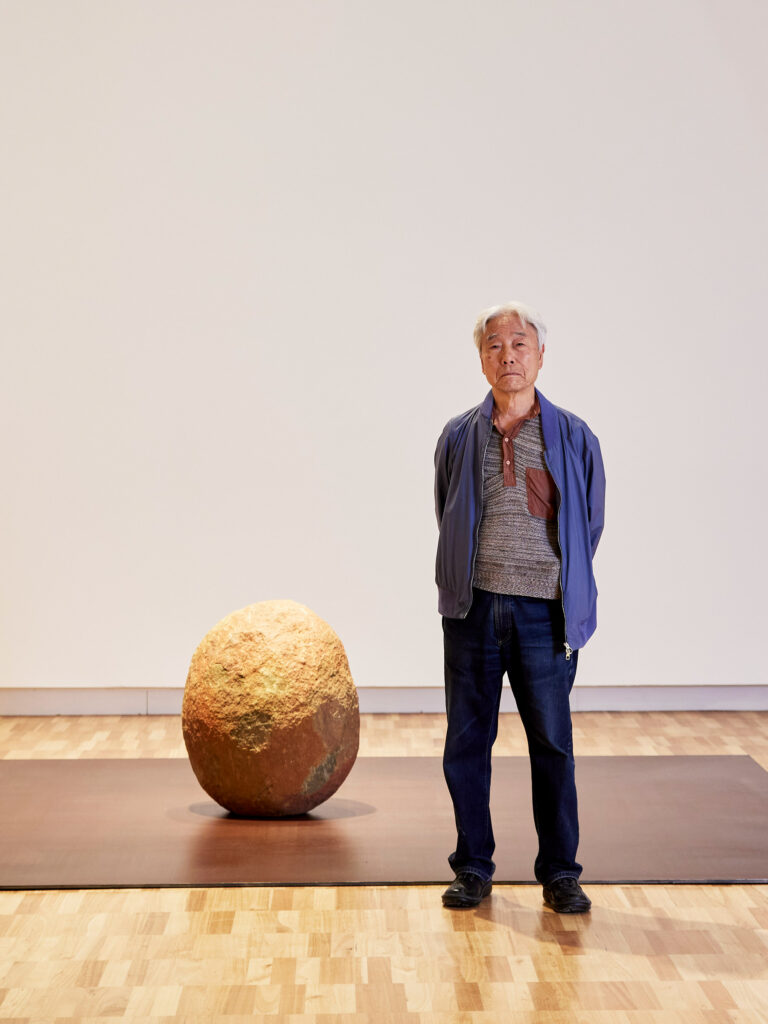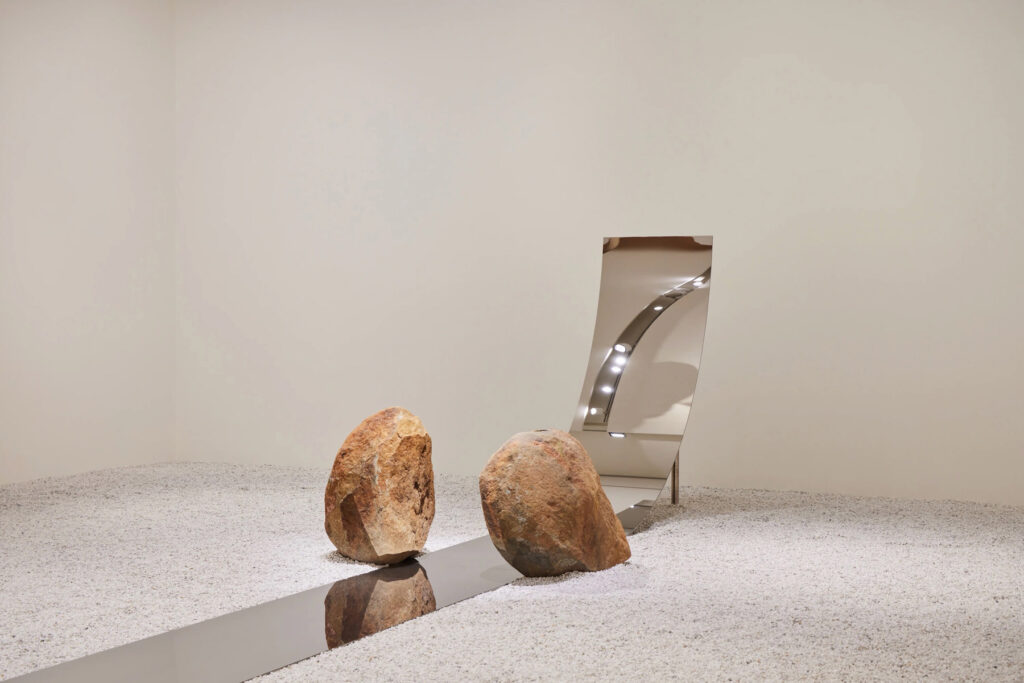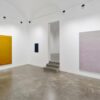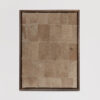The Art Gallery of New South Wales presents “Quiet Resonance”, an exhibition by renowned artist Lee Ufan, until September 2025. Almost half a century after his participation in the 1976 Sydney Biennale, Lee returns with a collection of recent paintings and sculptures. These new works have been created specifically for the Art Gallery’s spaces and demonstrate the continuous development of Lee’s artistic practice over six decades.
Lee Ufan was born in Korea in 1936 and now lives in Japan and France. He is known for using simple natural materials such as stone, wood and glass. His artworks express his deep connection with nature and spirituality and are characterized by a minimalist aesthetic. They captivate viewers with their quiet yet powerful presence, inviting reflection on the self and its relationship to the exhibited objects. As an artist, philosopher and writer, Lee combines philosophical approaches in his work that embrace Zen Buddhism and Confucianism as well as classical and modern European philosophers.
Particularly, the Japanese concept of “Ma” (間), which symbolizes emptiness and moments of pause, is a central idea in his work and creates a balance of harmony and tension between the objects and viewers.


His artistic career began with studies in painting in Seoul, followed by studies in philosophy in Tokyo. In the 1960s, he co-founded the Japanese Mono-ha movement (School of Things), which emphasized the relationships between natural and industrial materials, as well as between objects and viewers. This was Japan’s first significant contemporary art movement that rejected Western notions of art and representation. In addition, his work is associated with the Dansaekhwa movement, which originated in Korea in the 1950s and focused on a universal aesthetic beyond traditional and national boundaries.
The exhibition “Quiet Resonance” highlights Lee’s conceptual and minimalist approach, which has inspired many artists and architects. Visitors to the exhibition can look forward to a profound and contemplative encounter with the art of Lee Ufan.
The text was provided by the gallery.



